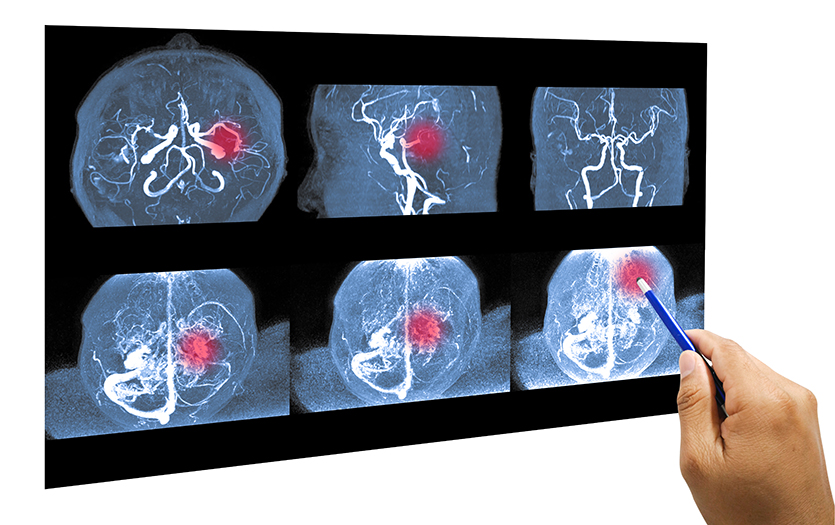
A magnetic resonance angiogram (MRA) is a type of scan that utilizes a magnetic field and radio wave energy pulses to create images of the blood vessels inside the body. In many cases, an MRA can provide information that cannot be obtained from X-rays, ultrasounds, computed tomography (CT) scans or standard MRIs. Both MRAs and MRIs are performed using the same machine and can be conducted simultaneously to provide a comprehensive view of the body.
Reasons for MRA orders
An MRA can help identify arterial diseases or vascular diseases like stroke, heart disease and kidney failure. It's used to look for:
-
An aneurysm, clot or the buildup of fat and calcium deposits (stenosis caused by plaque) in the blood vessels leading to the brain.
-
An aneurysm or tear (dissection) in the aorta, which carries blood from the heart to the rest of the body.
-
Narrowing of the blood vessels leading to the heart, lungs, kidneys or legs.
The images produced by the MRA help the doctor find vessels that need treatment and plan the treatment.
What to expect
The process for undergoing an MRA is similar to what you would expect during an MRI. The test usually takes 30 to 60 minutes, but can take as long as 2 hours. Here's what typically happens:
-
You may have contrast material (dye) put into your arm through a tube called an IV.
-
You will lie on a table that's part of the MRI scanner.
-
The table will slide into the space that contains the magnet.
-
Inside the scanner, you will hear a fan and feel the air moving. You may also hear tapping, thumping or snapping noises. Earplugs or headphones may be provided to reduce the noise.
-
You will be asked to remain still during the scan and to hold your breath for short periods.
-
You may be alone in the scanning room, but a technologist will watch through a window and talk to you during the test.
Risks
Contrast material that contains gadolinium, a rare earth metal, may be used in this test. Trace amounts of this metal can remain in the body for months or years. However, for most people, the benefit of its use in this test outweighs the risk. Be sure to tell your doctor if you have kidney problems or are pregnant.
If you breastfeed and are concerned about whether the dye used in this test is safe, talk to your doctor. Most experts believe that very little dye passes into breast milk, and mothers pass even less to their babies. But if you are concerned, you can stop breastfeeding for up to 24 hours after the test. During this time, you can give your baby the breast milk that you stored before the test. Don't use the breast milk you pump in the 24 hours after the test. Throw it out.
Results
The radiologist may discuss the initial results of the MRA with you right after the test. Complete results are usually ready for your doctor in 1 to 2 days.
An MRA is just one of many diagnostic tests offered at Parkview's imaging centers. To explore our full range of imaging services, visit our website here.
Copyrighted material adapted with permission from Healthwise, Incorporated. This information does not replace the advice of a doctor.



